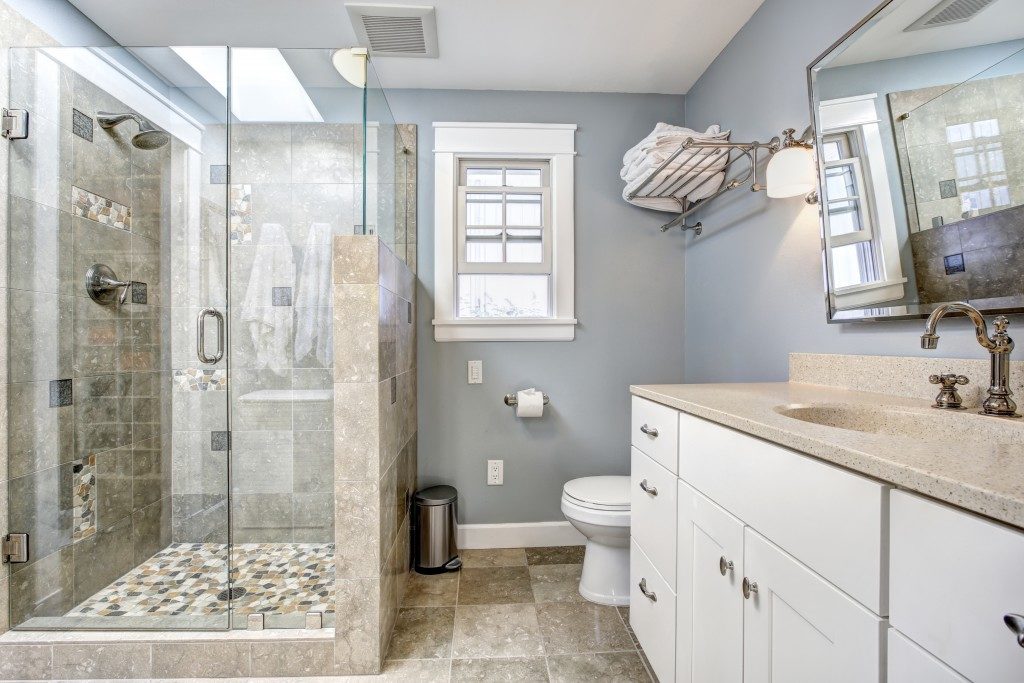Any home is better off when accessibility is taken into account in its overall design. Whether you are living with persons with disabilities or preparing for old age, an accessible home provides a significant improvement in the function and safety of the property.
The bathroom, for instance, is an excellent starting point for incorporating accessibility in the home’s design. Apart from being frequently used, there is no need to refit or renovate the entire bathroom to make it accessible, as certain small improvements go a long way in achieving that goal. Check out the following.
Grab Bars
Without exaggerating, thousands of injuries reported every year happen in the bathroom. Slips and falls are an immediate concern when it comes to accessibility, which is why grab bars are an essential bathroom improvement for this. The simple addition of a grab bar significantly reduces the risk of someone slipping or falling in the area. These things come in a variety of sizes and finishes, making it easy to add bars that match the overall aesthetics of the room.
Walk-in Tubs
The bathtub, while relaxing, can be an absolute nightmare to use for persons with limited mobility, not to mention the fact that it poses a risk for slipping. The good news is you do not have to do away with the tub at all. There are many companies that design and install walk-in tubs for elderly and persons with disabilities. These have doors that are easy to open, a floor that prevents slipping, and seats that allow for maximum relaxation sans the risk of injury.
If your bathroom has a shower instead of a tub, on the other hand, the smart choice would be to turn it into a zero-threshold shower stall. This type of design eliminates the barriers that need to be stepped over, allowing easier access for those with limited mobility.
Seats
Perhaps the most economical way to improve accessibility in the bathroom is to add a seat in the shower area. A small plastic seat or a stool can work wonders in allowing the residents to bathe while seated. Additionally, it is easy to remove when not in use.
Sink

While the vanity in your bathroom may look amazing, it may not be as accessible as you have hoped for. In this case, there really is no other option other than replacing it with a sink that is designed better for accessibility. For instance, wheelchair users would need the sink to be installed at a much lower height. For the elderly, you would want the sink to have indicators for hot and cold water that are easy to identify (blue and red are easy enough) as well as large handles.
There are also other small details that you have to take care of, such as adequate lighting and surfaces that are easy to clean. Generally speaking though, these improvements are sufficient enough to make sure that anyone using the bathroom is in a safe environment. Prioritize accessibility starting with your bathroom and make your home a better abode.

